The Easiest Way to Learn Forex Trading for Complete Beginners
Abstract:Unlock the secrets of forex trading as a complete beginner. Explore essential tools, proven strategies, major mistakes to avoid, and more in this comprehensive guide.
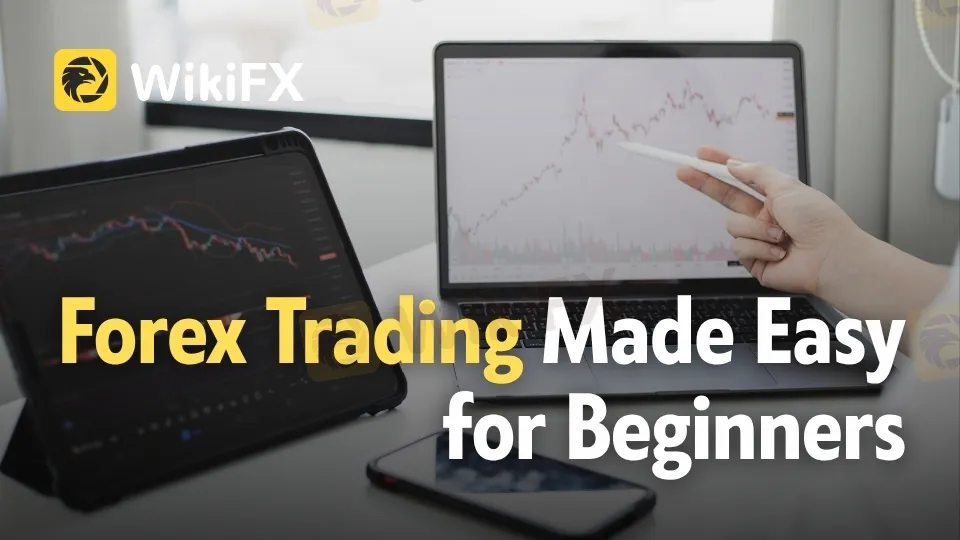
Introduction
Forex trading can seem like a daunting and complex field for beginners, but with the right tools, knowledge, and approach, its entirely possible to start making informed trading decisions. With over $6 trillion traded every day, the forex market is the largest and most liquid market in the world, offering enormous opportunities for both short-term and long-term investors. However, with so many variables at play—such as currency pairs, leverage, and economic indicators—new traders often feel overwhelmed.
This article is designed to simplify forex trading and help complete beginners navigate their way into the market. We will take you through the essential tools needed for trading, walk you through a step-by-step guide for executing your first trade, and show you how to select the best forex broker. By the end of this article, you'll feel confident in your ability to start trading forex with a clear and structured approach.
Essential Tools for Starting Your Forex Trading Journey
Before you start executing trades, its crucial to set yourself up with the right tools. Forex trading is not only about speculation and prediction, but also about making well-informed decisions. Here are the essential tools you will need to get started:
1. Trading Platform
The forex trading platform is the software that allows you to place trades, analyze the market, and manage your trades. The two most popular platforms in the industry are MetaTrader 4 (MT4) and MetaTrader 5 (MT5). These platforms are widely used by traders because of their user-friendly interface, advanced charting capabilities, and ability to automate trading strategies with Expert Advisors (EAs).
Both platforms offer demo accounts, allowing you to practice trading with virtual funds before risking real money. You can also use cTrader or other specialized platforms, depending on your preferences. As a beginner, start by practicing on a demo account to get a feel for how the platform works and how to execute different types of trades.
2. Charting Software
Forex trading is all about analyzing market movements and understanding price trends. Charting software enables you to monitor these market movements and analyze potential trading opportunities. Some trading platforms come with built-in charting software, but you can also use standalone charting tools like TradingView, which is widely used by traders around the world.
Charting software allows you to use various tools and technical indicators, such as Moving Averages, Relative Strength Index (RSI), Bollinger Bands, and Fibonacci retracements. Learning how to use these indicators can help you spot trends, reversal points, and key levels of support and resistance, which are crucial when making trading decisions.
3. Risk Management Tools
Risk management is essential to being a successful forex trader. One of the biggest mistakes beginners make is risking too much capital on a single trade. Tools like Stop-Loss Orders and Take-Profit Orders help mitigate these risks. A stop-loss order automatically closes your trade at a predefined loss level, preventing your losses from escalating. A take-profit order closes your trade when it reaches a predefined profit level.
These risk management tools are especially important for new traders, as they help enforce discipline in your trading strategy. They also reduce the emotional aspect of trading, as you dont need to constantly monitor your trades.
4. Economic Calendar
The forex market is heavily influenced by global economic events, such as interest rate decisions, GDP releases, and unemployment reports. An economic calendar tracks these events and their expected impact on the market. By staying informed of upcoming economic data releases, you can plan your trades better and avoid surprises that could cause sharp price movements.
Many brokers offer free access to an economic calendar on their websites, or you can use third-party websites like Forex Factory or Investing.com to keep track of the latest news.
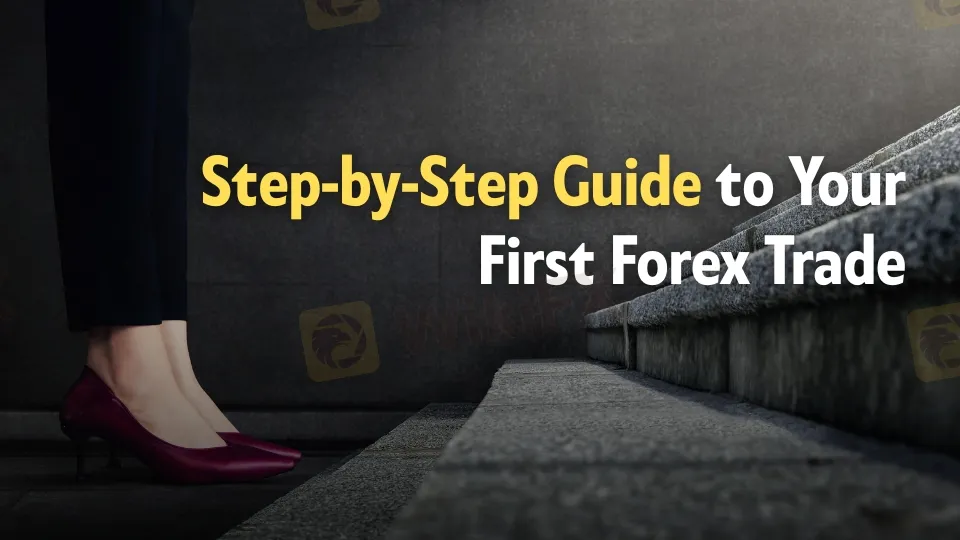
Step-by-Step Guide to Your First Forex Trade
Now that you have the essential tools in place, it‘s time to execute your first trade. Don’t worry if you‘re new to the process; we’ll walk you through each step in detail.
1. Choose a Currency Pair
In forex trading, currencies are traded in pairs, meaning when you buy one currency, you are simultaneously selling another. The most popular currency pairs are the major pairs, which include the EUR/USD, GBP/USD, USD/JPY, and AUD/USD. These pairs are heavily traded, making them more liquid and easier to trade.
As a beginner, its advisable to start with major pairs because they tend to have tighter spreads (the difference between the buying and selling price). Once you get comfortable with the major pairs, you can start exploring minor and exotic pairs.
2. Open a Position
Once you have selected your currency pair, its time to open a position. There are two types of positions you can take:
- Long Position (Buy): You open a long position when you believe the price of the currency pair will rise.
- Short Position (Sell): You open a short position when you believe the price will fall.
For instance, if you expect the Euro to strengthen against the US Dollar, you would open a long position on EUR/USD. Conversely, if you think the Euro will weaken against the Dollar, you would open a short position.
3. Set Your Stop-Loss and Take-Profit Orders
Before entering any trade, always set a stop-loss and a take-profit order. The stop-loss will close your trade if the market moves against you by a set amount, limiting your losses. The take-profit order will close your trade once the market reaches a certain profit level.
For example, if you enter a trade at EUR/USD = 1.1500, you might set a stop-loss at 1.1450 and a take-profit at 1.1600. This ensures that you have predefined levels at which to exit the trade, either locking in profits or limiting losses.
4. Monitor Your Trade
Once you‘ve entered a trade, it’s important to monitor the market conditions. While you don‘t need to watch every tick of the market, it’s a good idea to check periodically for any major market events or economic news that could affect the price.
Some traders use trailing stops—a type of stop-loss order that automatically moves with the price as it moves in your favor. This allows you to lock in profits while still allowing the trade to continue in the market.
5. Close the Trade
When your trade reaches your stop-loss or take-profit level, it will automatically close. If your trade reaches the take-profit level, youll have made a profit! On the other hand, if your trade hits the stop-loss, it will close to limit your losses.
No matter the outcome, its important to analyze your trade afterward. What worked well? What could you improve next time? This reflection process will help you learn and improve as you continue to trade.
How to Choose the Best Forex Broker for New Traders
Selecting the right forex broker is crucial to your trading success. A good broker provides you with the tools, support, and resources you need to make informed trading decisions. Heres what to look for when choosing a broker:
1. Regulation and Licensing
The first thing to check when selecting a broker is whether they are regulated by a reputable financial authority. Regulatory bodies, such as the Financial Conduct Authority (FCA) in the UK, the U.S. Commodity Futures Trading Commission (CFTC), or the Australian Securities and Investments Commission (ASIC), impose strict standards on brokers to ensure they provide a safe and secure trading environment.
Avoid brokers that are unregulated or have a history of customer complaints. Its always best to choose brokers that are regulated in well-established markets.
2. Trading Platform
The platform provided by the broker is your main tool for trading. Ensure the broker offers a platform that is easy to navigate, fast, and reliable. Look for brokers that offer MetaTrader 4 (MT4) or MetaTrader 5 (MT5), as they are industry standards with a wide range of features and tools for both beginner and advanced traders.
Also, check if the broker provides demo accounts, so you can practice trading without using real money. This is essential for beginners to get comfortable with the platform before trading live.
3. Spreads and Fees
Different brokers charge different spreads (the difference between the buying and selling price). Beginners should look for brokers with tight spreads and low fees to reduce trading costs. Brokers who offer commission-free trading often make money from the spread, so its essential to compare this aspect carefully.
4. Customer Support
Reliable customer support is vital, especially when youre new to trading. Choose a broker that offers multiple communication channels such as live chat, phone support, and email. Having easy access to support ensures that you can get help quickly when you need it.
5. Educational Resources
A good broker should offer educational resources like free tutorials, webinars, articles, and video lessons. These resources will help you learn about market analysis, risk management, and trading strategies. Many brokers offer educational packages tailored specifically for beginners, which can be incredibly beneficial as you start your trading journey.
Conclusion
Starting forex trading as a complete beginner can be overwhelming, but with the right tools and a step-by-step approach, you can gradually build the skills and confidence needed to succeed. By choosing the right trading platform, using essential tools like charting software and risk management strategies, and selecting a reliable broker, youll be well on your way to becoming a proficient forex trader.
Remember, trading is a journey. It‘s important to stay disciplined, be patient, and keep learning as you go. With time and experience, you’ll refine your strategies and become more confident in your trading decisions. Whether youre trading part-time or full-time, the forex market offers endless opportunities—take the first step today and enjoy the learning process!
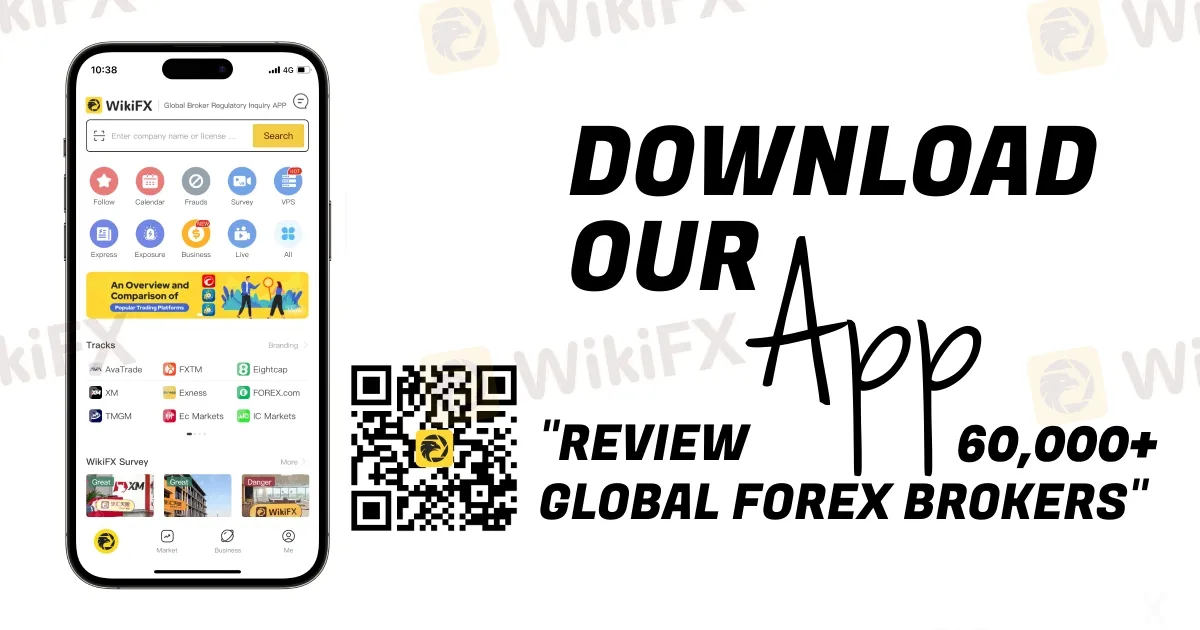
Read more

Top 6 Shocking Truths Behind Pocket Option – Avoid this Trap
Before You Invest, Read This Important Article About Pocket Option. Protect Your Money from Scam! This article exposes 6 hidden truths about the broker that you need to know before making any investment.

Investors Call Growline a FRAUD Broker - Check Out Their Comments
Dreamt of massive returns on your forex investments through Growline but didn’t receive profit withdrawals? You are not alone! In this article, you will get to know about the problems faced by its investors. Read out their comments and share your reviews on our platform. We will highlight your issue.
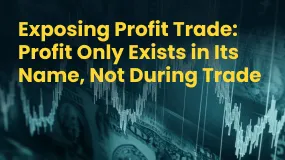
Exposing Profit Trade: Profit Only Exists in Its Name, Not During Trade
If there was ever a forex scammer to be alert of, Profit Trade emerges as the first one. The Bulgaria-based forex broker has been annoying investors by denying their withdrawal requests, suspending their account without any reason, and unfulfilled promises.
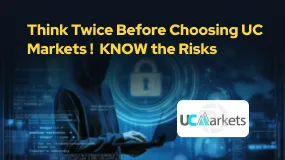
Think Twice Before Choosing UC Markets –Know the Risks
Forex trading has become increasingly complex and risky, especially for newcomers. While the foreign exchange market still offers legitimate opportunities for traders and investors, but investment scams have now become common. Fake brokers are widespread, and spotting them can be extremely difficult . The only way to safeguard your capital is to stay informed and alert. In this article, we’ll break down the red flags of UCMarkets and explain why you should avoid it .
WikiFX Broker
Latest News
U.S. doubles down on Aug. 1 tariffs deadline as EU battles for a deal
Buffett and Thorp’s Secret Options Strategies
Sharing Trading Mistakes and Growth
Trading Market Profile: A Clear and Practical Guide
Eyeing Significant Returns from Forex Investments? Be Updated with These Charts
CNBC Daily Open: The silver lining of positive earnings could be too blinding
CNBC Daily Open: Solid earnings beats might mask tariff volatility these two weeks
Mastering Deriv Trading: Strategies and Insights for Successful Deriv Traders
Brexit made businesses abandon the UK. Trump's hefty EU tariffs could bring them back
Jeep-maker Stellantis expects first-half net loss of $2.7 billion as tariffs bite
Rate Calc
